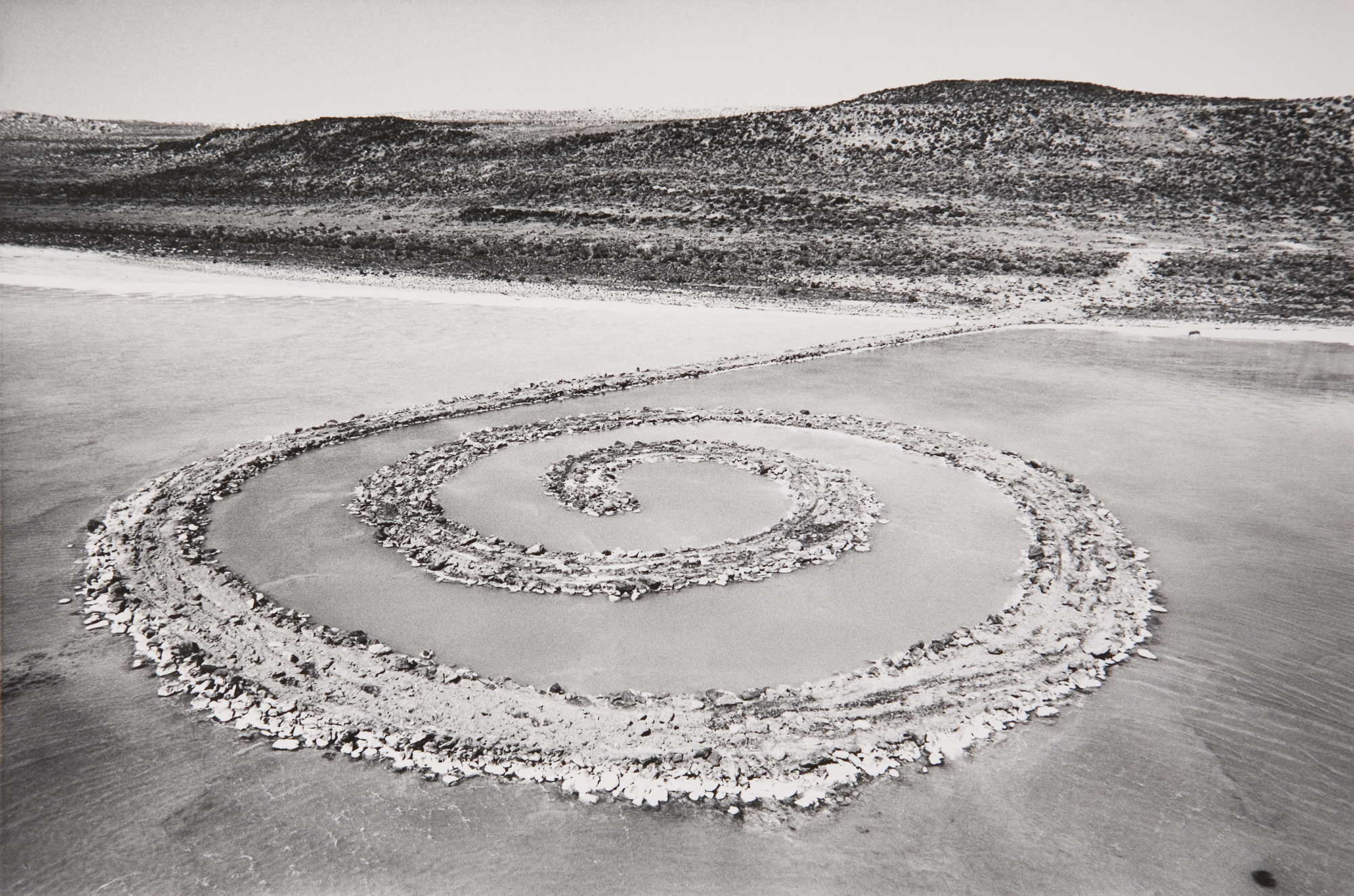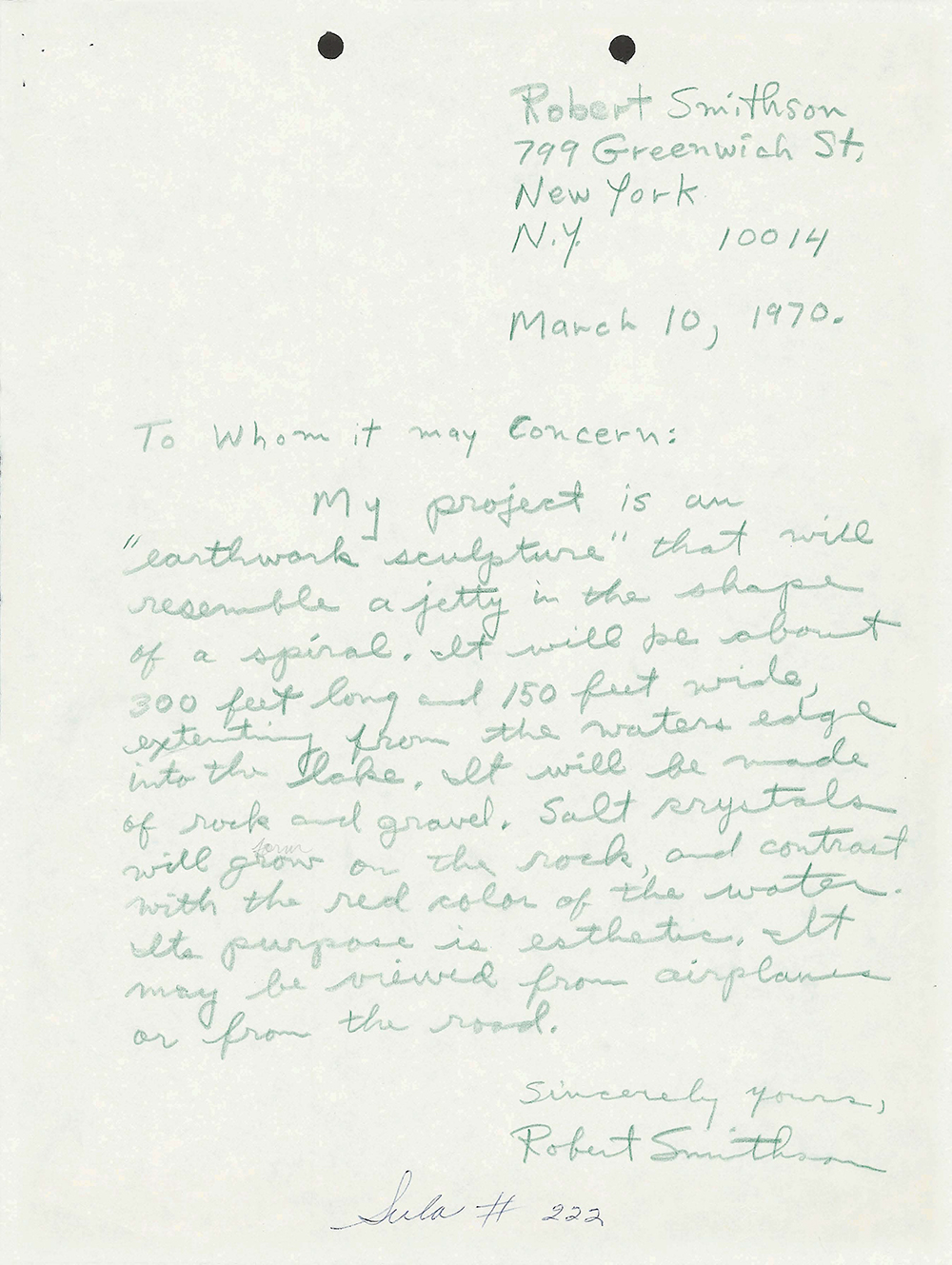Students and Faculty at the University of Utah
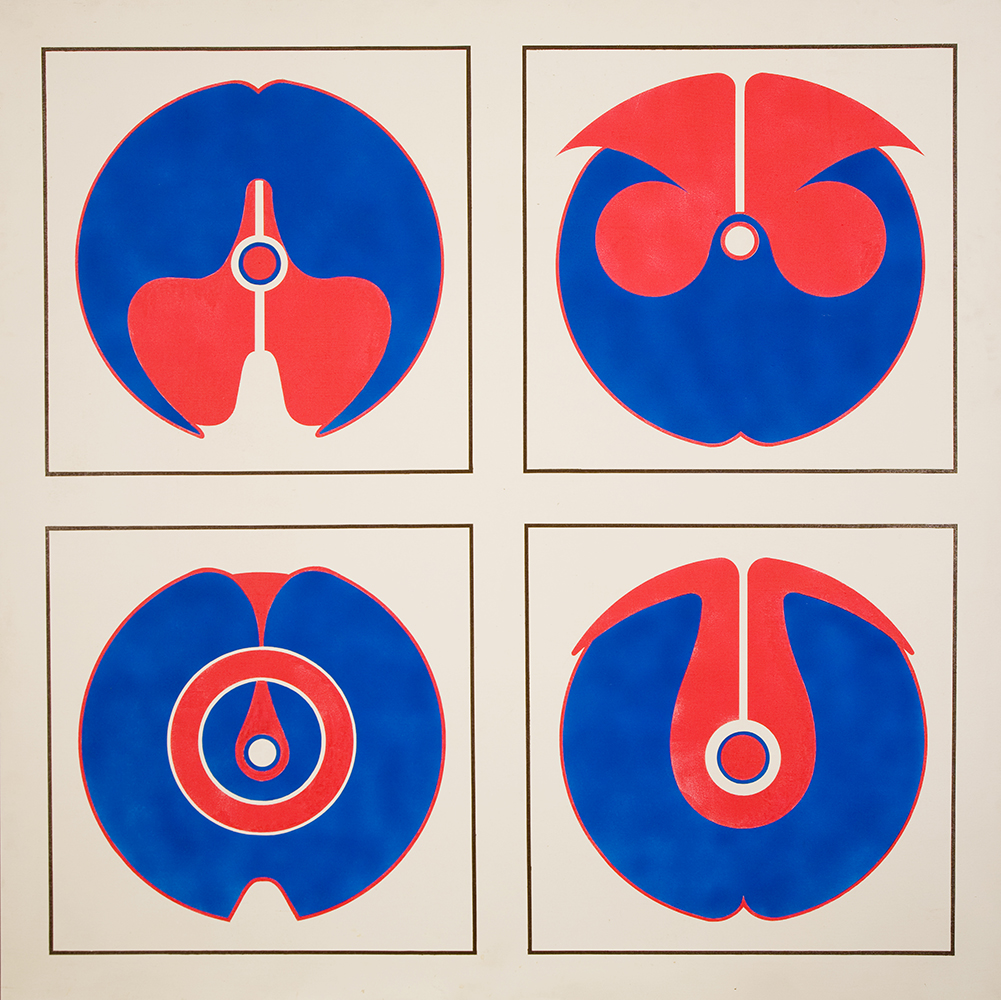
Richard Taylor studied art at the University of Utah, graduating with a BFA in the late 1960s, acquiring skills in painting, sculpture, photography, and graphic design. The bright colors and sinuous curves in this untitled piece follow similar patterns to those appearing in the spectacular light shows Taylor designed to accompany musical performances. Taylor’s poster design and multi-media production were in demand following the artist’s schooling. He founded Rainbow Jam, a concert production and graphics company, alongside Kenvin Lyman, producing visual effects for bands like the Grateful Dead, Led Zeppelin, Santana, and Jethro Tull. Taylor continued to experiment with emerging technologies, working later in film as a director of special effects for Star Trek: The Motion Picture, Looker, and Walt Disney’s Tron.
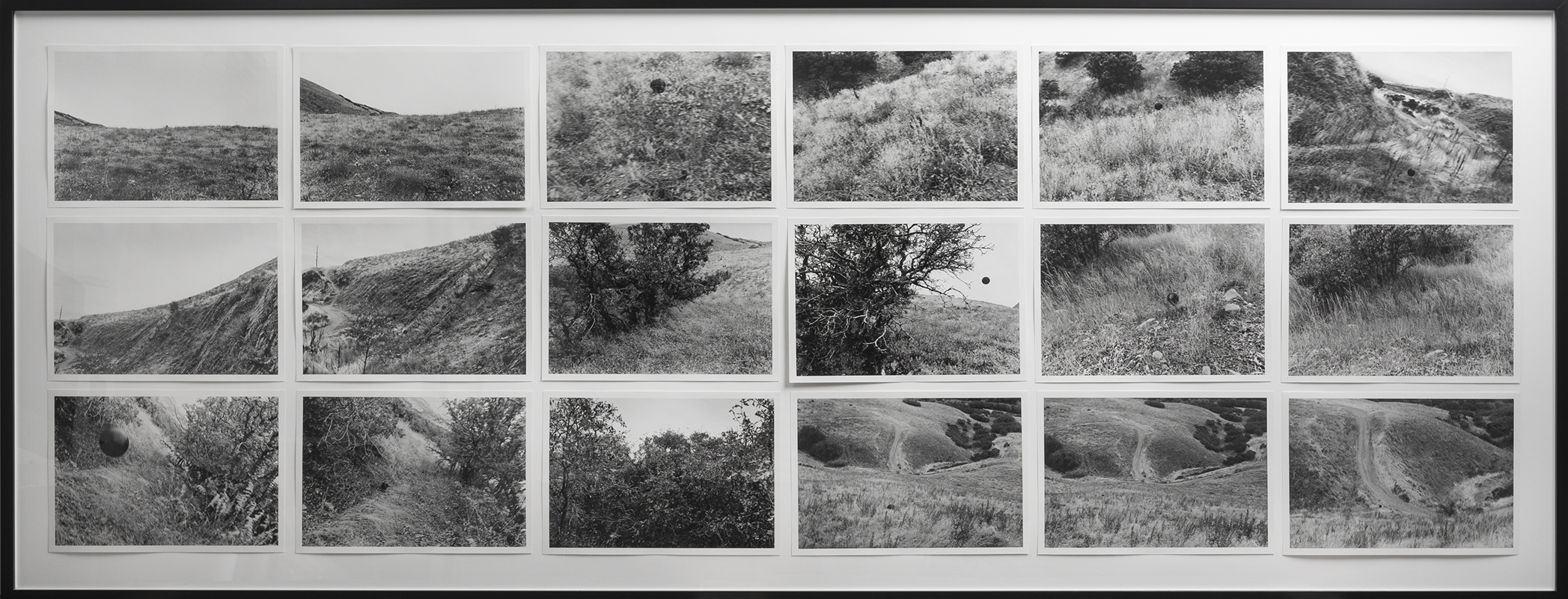
People were coming out of a pig’s mouth, romping about in plastic [with] a 30 x 60 foot balloon which contained the band. The balloon was kept up with an air pump, until persons started punching holes in it. Chicks from the Department of Dance were passing around incense and had their faces and bodies painted. They painted other persons whether they liked it or not.
– Jo-Ann Wong, “Up River trip,” Utah Daily Chronicle, May 1970
Salt Lake City-born Paul McCarthy studied art both at Weber State University and the University of Utah before the contemporary artist continued his education at the University of Southern California.
While at the U, McCarthy was part of the Up River School, a loosely organized group of students from the Art and Architecture departments. Alternatively known as the Upriver Skool and Gum Gum Productions, the group’s most memorable event, The Big Gig, took place on April 29, 1970, in the Union Ballroom. The participatory, multi-media production featured a light show, dance performances, multiple bands, “toys,” and a slide in the form of a 17-foot pig sculpture, to create an interactive, psychedelic “playground” well-suited for the youth counterculture movements on campus.
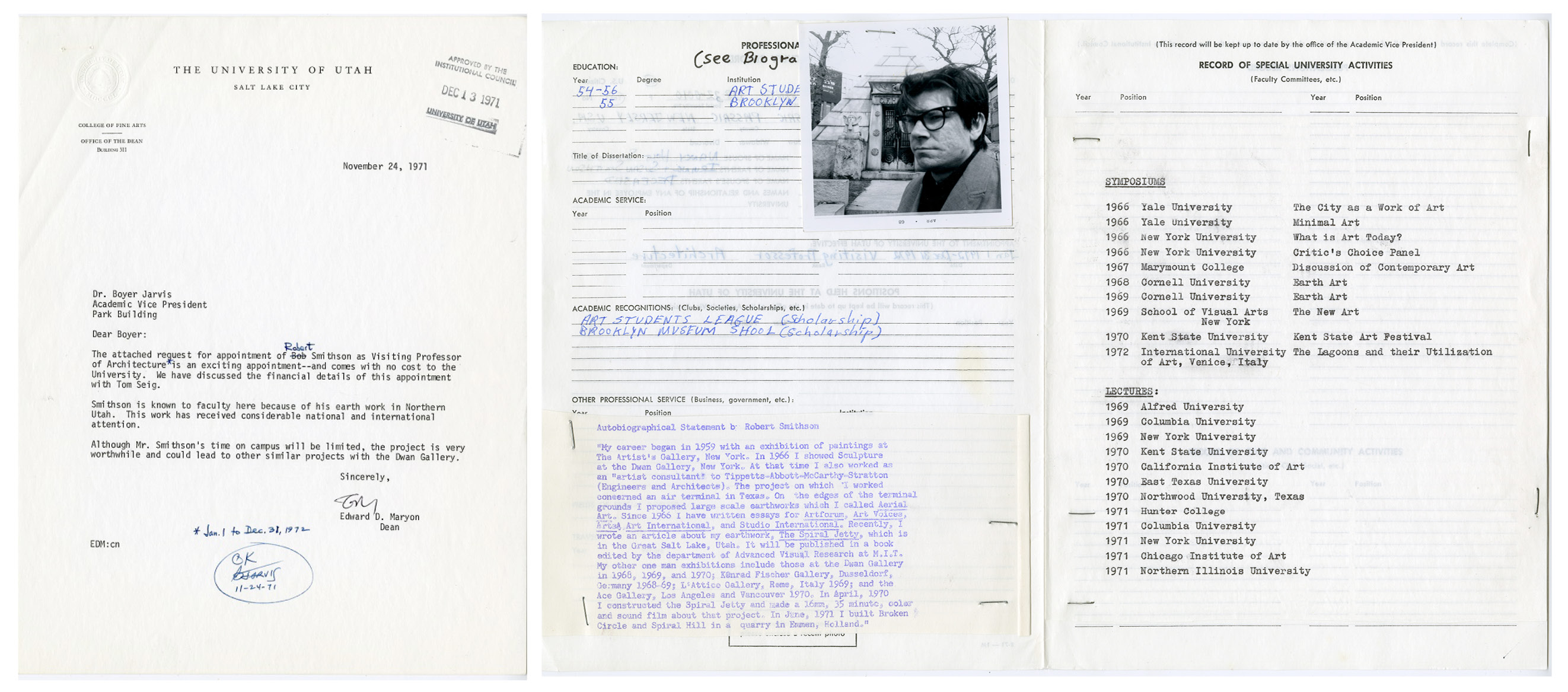
As I look around the margins of this map, I see a ranch, a place called the Sulphur pond; falls, and a water tank; the word pumice. But it’s all very elusive. The shorelines tells you nothing about the shore. You’re always right between two worlds, one that is and one that isn’t.
– Robert Smithson, 1970
View Spiral of Sulphur on the UMFA's collection database.
Robert Smithson (1938 – 1973),Spiral of Sulphur, 1970, pencil and crayon on paper, 24 x 18 15/16 in., Purchased with funds from the National Endowment for the Arts, UMFA1970.029.001.
Smithson frequently referenced minerals and geology in his writing and incorporated the raw materials into his artwork. Here, sulfur is the main ingredient taking on a spiraling pattern that was much enlarged in Smithson’s earthwork. Mined since antiquity, sulfur was traditionally extracted from volcanic regions and salt domes. Biblically referenced as “brimstone,” sulfur is used for glass production as well as to create fireworks, matches, and gunpowder. Smithson’s use here suggests the incendiary qualities of the element, which were similarly applicable to the contemporary events taking place while he created this work.
View Island of Buried Pipes on the UMFA's collection database.
Robert Smithson (1938 – 1973), Island of Buried Pipes, 1971, drawing, 19 x 24 in., Purchased with funds from the National Endowment for the Arts, UMFA1970.030.001.
Islands and industrial materials are recurring themes in Smithson’s work. In fact, Smithson’s original vision for Spiral Jetty was to use boats and barges to build an island on the Great Salt Lake. When Smithson visited Rozel Point, he encountered not only Utah’s natural landscape, but decaying rigging, piers, and even the ruins of buildings dotting the area, all evidence of abandoned attempts to extract valuable oil from the area’s tar seeps.
Film strips hung from the cutter’s rack, bits and pieces of Utah, out-takes overexposed and underexposed, masses of impenetrable material. The sun, the spiral, the salt buried in lengths of footage.4– Robert Smithson, “The Spiral Jetty,” 1972
While Spiral Jetty is best known as a pivotal work of Land art, it was also the subject of an essay and a film by Robert Smithson. Smithson asked Bob Phillips, the head contractor of the crew that built Spiral Jetty to the artist’s specifications, whether he would like the film to be screened at the construction company’s workplace once it was edited.
Phillips took up Smithson’s invitation, but when the time came to screen Spiral Jetty, the nonlinear, experimental film proved to be too much for his coworkers, most of whom walked out in frustration before it was over. Phillips, however, recalled Smithson seemed unbothered, admitting the film was bound to not be to everyone’s taste.
Researchers have yet to recover first-hand accounts describing the film’s screening at the Utah Museum of Fine Arts in 1972. In fact, there remain questions as to whether Smithson’s advertised lecture even took place in the museum auditorium on the afternoon of May 14th as scheduled.
